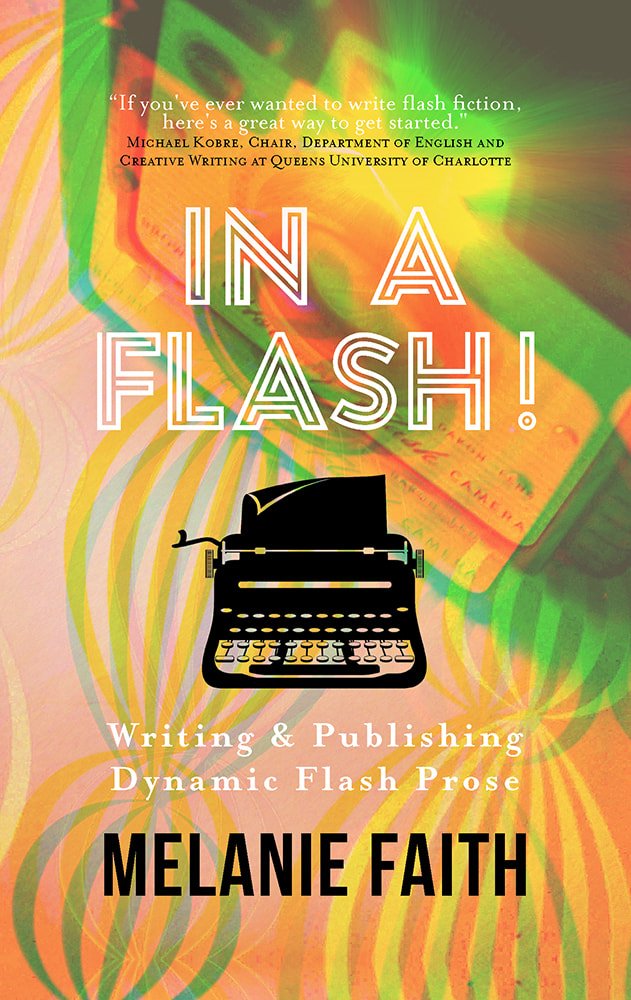Poets have long been concerned with savoring each step of the season we’re in as well as looking to those moments of transitioning into the next phrase. The overlapping of weather conditions (external signs of the season) with accompanying internal changes is a particularly effective way to express time’s passage in a meaningful way.
One of my favorite seasonal poems is Jane Hirshfield’s “The Heat of Autumn,” which she opens by comparing the heat of fall to that of its predecessor. But sometimes, just describing the weather isn’t enough (there’s the Weather Channel and Alexa for that, after all). She then deepens the poem by exploring a new personal-life season for a man with cancer.
Then there’s Archibald MacLeish’s poem, quoted in the epigraph, which gives a coy yet experienced nod to Keats’ poem, “The Human Seasons,” taking the reader through all four seasons in the span of a jaunty, metrical sonnet.
“The Human Seasons”
Four Seasons fill the measure of the year;
There are four seasons in the mind of man:
He has his lusty Spring, when fancy clear
Takes in all beauty with an easy span:
He has his Summer, when luxuriously
Spring's honied cud of youthful thought he loves
To ruminate, and by such dreaming high
Is nearest unto heaven: quiet coves
His soul has in its Autumn, when his wings
He furleth close; contented so to look
On mists in idleness—to let fair things
Pass by unheeded as a threshold brook.
He has his Winter too of pale misfeature,
Or else he would forego his mortal nature.
But why should fall get all the glory? There are poems aplenty for the bluster and brittle sojourn trudging through winter, classic cavortings through flowers, robins, and all things lovey-dovey in works such as fanciful all-over-the-page popper [in Just-] by e.e.cummings , “When Lilacs Last in the Dooryard Bloom’d” for my fellow Whitman-aholics, and Claude McKay’s “After the Winter.”
And let’s not forget a profusion of perfectly bite-size haiku, tanka, and haibun (haiku/prose combos) in celebration of all seasons, such as this playful favorite by Issa:
Face of the spring moon--
about twelve years old,
I'd say.
When does the new year begin for you? What are the signs and harbingers of a new season set to begin in your world? As a lifelong student and teacher for almost twenty years, my internal clock is set to turn over on the first day of class each fall.
Try this prompt: Read a few of these seasonal poems or research some on your own. Pick a season and write an allusion in your poem to one of the poems you read, as MacLeish does. Your poem should take place and/or be about the season, yes, but (as with the above examples) it should also explore something deeper and more personal about the human condition, time’s passage, and intimates. Go!









